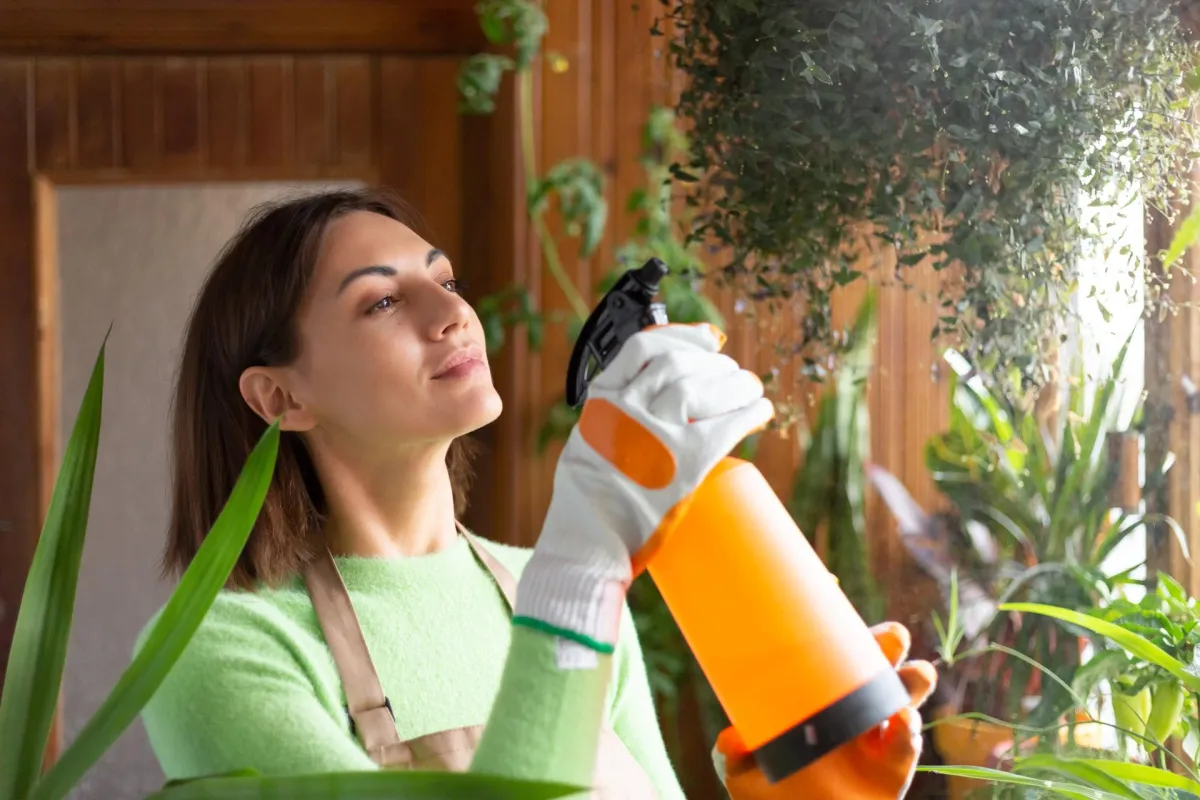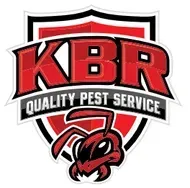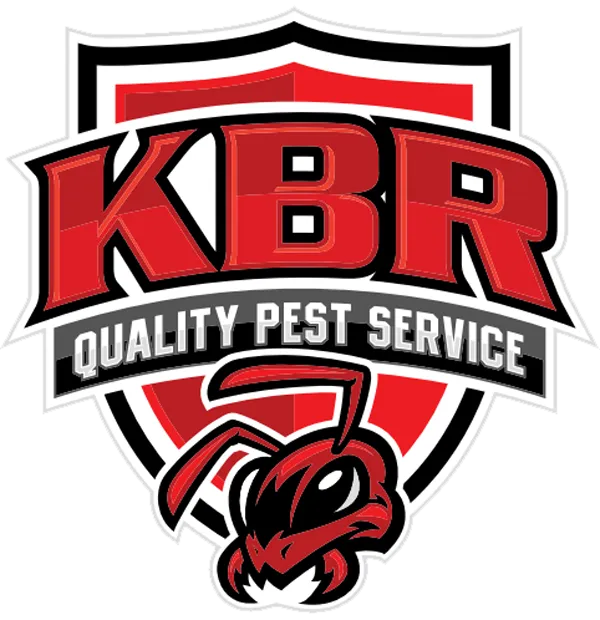Blog

Why DIY Pest Treatments Fail in Florida’s Climate
Introduction
DIY pest control might seem like a quick, affordable fix—especially when you spot a few ants, roaches, or mosquitoes around your Cape Coral home. But in Florida’s unique climate, “do-it-yourself” pest treatments often fail to deliver lasting results. The combination of high humidity, heavy rainfall, and year-round warmth creates perfect conditions for pests to rebound faster than most DIY products can control them.
This guide breaks down why DIY pest control methods fall short in Florida, which mistakes homeowners often make, and how professional pest services ensure long-term protection in this challenging environment.
Why Florida’s Climate Makes Pest Control Difficult
Florida’s subtropical weather is a paradise for people—and pests. With warm temperatures, abundant moisture, and lush vegetation, insects and rodents have everything they need to survive and multiply.
Here’s what makes Florida different from most states:
High humidity year-round: Moisture fuels pest reproduction and breaks down many over-the-counter (OTC) pest products prematurely.
Frequent rainfall: Heavy rains wash away surface sprays and barriers quickly.
Consistent warmth: Many pests remain active all year, eliminating the natural “off-season” found in cooler regions.
Diverse ecosystems: From palmettos to coastal marshes, every landscape supports a variety of pest species.
This climate means pests like termites, ants, roaches, mosquitoes, and lawn insects thrive continuously. To control them effectively, treatments must be climate-specific and professionally timed.
Why DIY Pest Treatments Often Fail
Even with the best intentions, DIY pest control methods rarely succeed long-term in Florida’s environment. Below are the main reasons why they fail and how professionals handle these challenges differently.
1. Over-the-Counter Products Aren’t Designed for Florida Pests
Most store-bought pest sprays and foggers are general-purpose formulas. They might kill surface pests temporarily but rarely eliminate nests, colonies, or eggs hidden deep in walls, soil, or attics.
Example:
Ants in Florida, such as ghost ants and white-footed ants, form multiple satellite colonies. DIY sprays only kill visible workers, leaving queens untouched—so infestations return within days.
2. Improper Application Techniques
Pest control requires precision. Applying too little product won’t solve the problem, while using too much can create safety hazards or repel pests deeper into hidden areas.
Common DIY mistakes include:
Spraying only visible insects without targeting nesting areas.
Applying outdoor products indoors (or vice versa).
Ignoring label safety directions.
Professionals use calibrated equipment and industry-approved products that reach the pests’ source safely and effectively.
3. Weather Quickly Neutralizes Treatments
Rain and humidity degrade many consumer-grade products. Outdoor sprays often wash away after one Florida thunderstorm, leaving homes unprotected.
Professional-grade formulas, on the other hand, are designed to bond to surfaces and resist weathering—keeping barriers effective even in damp conditions.
4. Lack of Integrated Pest Management (IPM)
DIY solutions typically focus on killing pests already visible, not preventing future infestations. Pest control in Florida requires an Integrated Pest Management (IPM) approach, which includes:
Identifying pest species and their behavior
Removing attractants (food, moisture, shelter)
Sealing entry points
Applying targeted, safe treatments
Without IPM, DIY treatments only mask the symptoms rather than solving the root cause.
5. Hidden Infestations Go Unnoticed
Many Florida pests, such as termites or German cockroaches, live in concealed areas. By the time you notice surface signs, the infestation may be severe.
Professional pest technicians are trained to identify subtle clues—droppings, entry points, and moisture pockets—that homeowners often overlook.
6. Short-Term Fixes Instead of Long-Term Prevention
DIY sprays offer instant results but lack lasting protection. Florida’s environment demands consistent, preventive maintenance because pests can reestablish within weeks.
Regular professional treatments ensure your home stays protected throughout seasonal changes, including the heavy rainy months when pest activity spikes.
How to Protect Your Home Effectively in Florida’s Climate
Even if DIY methods fall short, there are proven steps Florida homeowners can take to reduce pest risks. Combine these actions with a professional pest control plan for the best results.
Step 1: Eliminate Moisture Sources
Pests like ants, roaches, and termites are drawn to damp environments.
Fix leaks around sinks, air conditioners, and irrigation systems.
Clean gutters regularly to prevent standing water.
Use dehumidifiers in garages, attics, and basements.
Step 2: Seal Entry Points
Florida’s small pests can squeeze through tiny cracks.
Use caulk around windows, doors, and baseboards.
Add door sweeps and repair torn screens.
Inspect foundation and attic vents for gaps.
Step 3: Store Food Properly
Open food and crumbs invite pests indoors.
Keep dry goods in airtight containers.
Clean kitchen counters and floors daily.
Avoid leaving pet food or trash exposed overnight.
Step 4: Maintain Your Yard
Overgrown lawns and standing water are perfect breeding grounds for insects.
Trim shrubs and trees away from the home.
Mow regularly and remove yard debris.
Empty buckets, planters, and toys that collect water.
Step 5: Schedule Regular Professional Treatments
Professional pest control services, like those offered by KBR Quality Pest Services, are designed specifically for Florida’s environment. Treatments target local pest species using climate-resistant products that remain effective through rain and humidity.
KBR’s technicians use an eco-friendly, integrated approach that focuses on prevention, not just elimination—keeping homes protected all year long.
Frequently Asked Questions
Why do pests come back after DIY treatment?
Most DIY treatments kill visible pests only, leaving colonies, eggs, and nesting areas untouched. Florida’s climate allows these populations to rebound quickly.
Are professional pest control products stronger than store-bought ones?
Yes. Licensed professionals use EPA-regulated, commercial-grade products not available to consumers. These are more effective and longer-lasting.
Can humidity really affect pest control treatments?
Absolutely. High humidity and frequent rain can dilute or wash away DIY chemicals, reducing their effectiveness dramatically.
Do professional pest services prevent infestations or just treat them?
Professionals focus on both—eliminating existing pests and creating barriers that prevent future infestations.
Is DIY pest control ever effective in Florida?
DIY methods can provide temporary relief for small problems, but for long-term protection, especially against termites, roaches, or mosquitoes, professional help is essential.
Conclusion
DIY pest control might seem convenient, but in Florida’s challenging climate, it rarely works for long. Between constant humidity, heavy rainfall, and fast-breeding pests, quick fixes simply can’t keep up.
For homeowners in Cape Coral and across Southwest Florida, professional pest control offers the only reliable way to maintain a pest-free environment. KBR Quality Pest Services provides safe, effective, and environmentally responsible solutions designed specifically for Florida homes—keeping pests out year-round.
Pest Services
Helpful Links
Contact Information
Mon - Sat: 8:00 am - 6:00 pm
Sun: Closed
Address
1730 Northwest 9th Terrace Cape Coral, FL 33993
© 2025 All Rights Reserved | KBR Quality Pest Services

